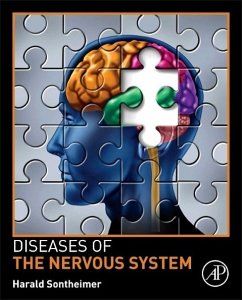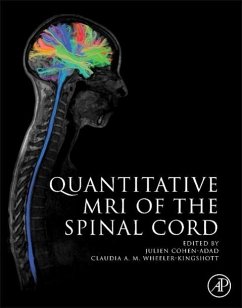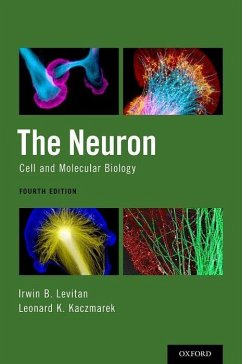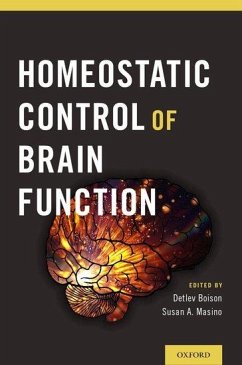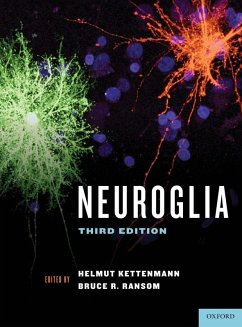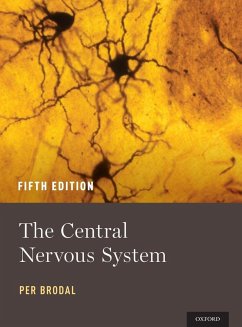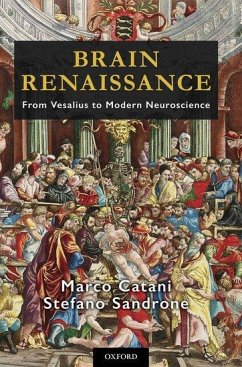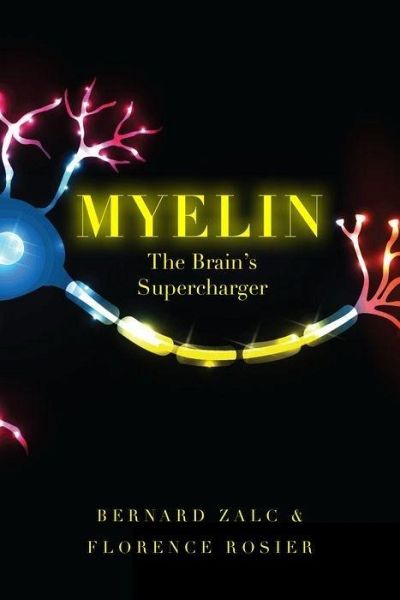
Myelin
The Brain's Supercharger

PAYBACK Punkte
26 °P sammeln!
The emergence of myelin 425 million years ago marked a turning point in evolution. Consider for a moment the invention of insulated wire, which allows for the transmission of electrical current. Functioning in a similar way, the membrane surrounding nerve fibers, or myelin, enables the remarkable acceleration of nerve impulses. Surprisingly, myelin occupies nearly half the volume of the human brain and is critical for our intellectual and motor performance. Without myelin, our thoughts and our movements would suffer overwhelming delays. We owe our reflexes to myelin: it is what makes us brake ...
The emergence of myelin 425 million years ago marked a turning point in evolution. Consider for a moment the invention of insulated wire, which allows for the transmission of electrical current. Functioning in a similar way, the membrane surrounding nerve fibers, or myelin, enables the remarkable acceleration of nerve impulses. Surprisingly, myelin occupies nearly half the volume of the human brain and is critical for our intellectual and motor performance. Without myelin, our thoughts and our movements would suffer overwhelming delays. We owe our reflexes to myelin: it is what makes us brake when a child dashes out onto the road, or snatch away a hand absent-mindedly placed on a burning hot stove. When damaged, myelin can lead to irreversible disability, cognitive decline, and sensory impairments. The study of myelin's role in the conduction of nerve impulses has led to a better understanding of several diseases including multiple sclerosis, Guillain-Barre syndrome, Charcot-Marie-Tooth peripheral neuropathies, and other genetic diseases of myelin.




